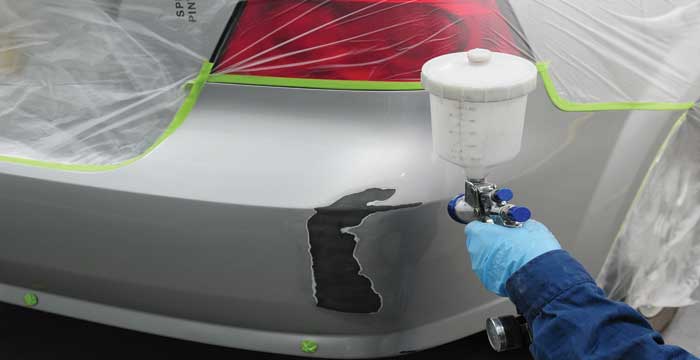If you’re wondering “How Carbon Fiber Parts Is Making,” then you’ve come to the right place. This material is ten times stronger than steel and is incredibly lightweight and flexible. So, what makes it such a good choice for car parts? Here’s a brief overview.
Carbon fiber is a polymer

Carbon fiber is made of carbon, which is also the main component of life on earth. It is made up of carbon atoms arranged into large sheets of hexagonal aromatic rings. These sheets are incredibly strong, but they’re also light, which makes them a very good choice for a variety of applications. It is most commonly used in aerospace, but it is also used in other high-tech fields, including sports cars.
Carbon fiber is made from carbon atoms that are very thin, a little thinner than a human hair. Once twisted, carbon fiber becomes strong, which makes it an ideal material for building structures. It can be woven into cloth or laid over a mold, and coated with plastic or resin for added strength. There are a variety of applications for carbon fiber in different industries, but the main use of this material is as an alternative to traditional materials.
It is ten times stronger than steel
Carbon Fiber is a very strong material. It is ten times stronger than steel, yet it is much lighter. Its strength comes from its superior fatigue properties, which make it the most corrosion resistant material. Besides its high strength, carbon fiber is also extremely durable. Its weight is also considerably less than that of steel or aluminum, sneak a peek at this site.
Carbon fiber is the material of choice for a variety of applications. Its superior strength makes it more versatile and lighter than steel. The best part is that it weighs half the weight of steel, while being five times stronger.
It is lightweight
Carbon fiber is a durable and lightweight material that can replace a variety of materials. Its properties make it a great alternative to metal in bicycles and other high-performance sports equipment. Its stiffness, tensile strength, and low weight make it a great choice for the construction of many different types of structures. Carbon fiber is also extremely resistant to chemicals, and it has low thermal expansion. These attributes make it an excellent choice for a variety of applications, including aircraft and civil construction projects.
The aerospace industry is the primary user of carbon fibers. Despite their low density, they are stiffer than steel, which is a major benefit in aerospace. In addition, carbon fibers are highly resistant to extreme temperatures, making them a great choice for parts in high-performance composites.
It is flexible
Carbon fiber is a material that has the inherent characteristics of carbon materials and the soft processing properties of textile fibers. This material is used in a variety of industries, including the marine industry. Carbon fiber has a number of advantages over other materials, including its durability and light weight. It also provides greater strength.
Carbon fiber is stiff in its final composite state, but it can be tailored to have specific stiffness along particular axes. For example, carbon fiber tubes produced by Element 6 Composites are stiffer than I-Beams, while still retaining high torsional stiffness. Carbon fiber is also highly dimensionally stable, even as its temperature changes. Its coefficient of thermal expansion is less than one millionth of an inch per degree, compared to seven to thirteen millionths of an inch for steel and aluminum.
It is quiet
Carbon fiber is a polymer made from graphite, a form of carbon. The atoms of graphite are organized in large sheets called hexagonal rings. These sheets have a similar look to chicken wire. In Bacon’s invention, the graphite sheets were rolled up and were continuous over the entire length of a filament.
Conclusion:
This property makes carbon fiber suitable for high-precision parts. The heat expansion of carbon fibers is six times less than that of steel and aluminium, making them suitable for the fabrication of components that require high precision.







